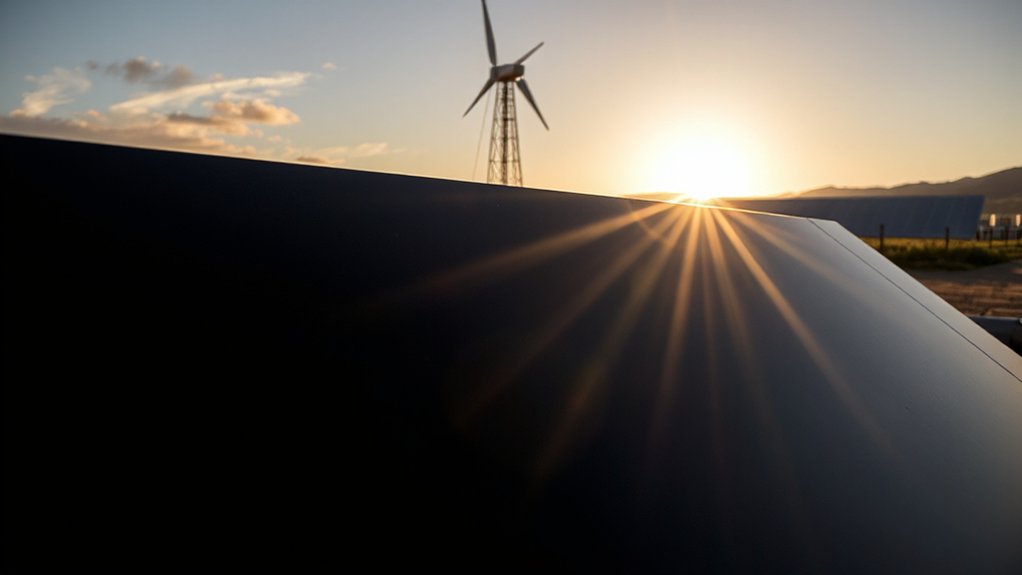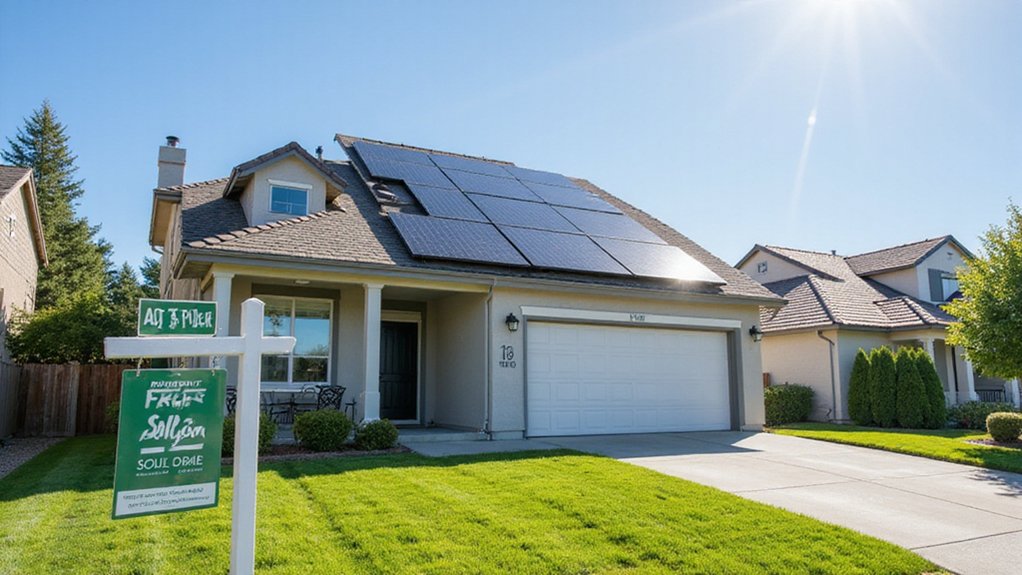Despite basking in more sunshine than anywhere else in the nation, Arizona finds itself caught in a bewildering solar contradiction. The state ranks 4th nationally with 10,377 MW of installed capacity—enough to power nearly 1.5 million homes. Yet it’s stuck in a strange limbo. All that sunshine. All that potential. And somehow, Arizona manages to underperform.
The numbers tell the story. A measly 13.98% of Arizona’s electricity comes from solar—not terrible, but nowhere near what it could be given those endless blue skies. Meanwhile, the state has slipped to 6th place in new solar additions. Ouch. The growth rate over the past decade? Just 42%. For the sunniest spot in America, that’s like having a Ferrari and never shifting out of second gear.
So what gives? Search no further than the policy environment. The Arizona Corporation Commission has created a regulatory atmosphere that’s about as welcoming as a cactus hug. They’ve slashed compensation for rooftop solar and eliminated state incentives. Industry groups point to policy instability as the main culprit. No wonder the market’s in turmoil.
The contrast between utility-scale and residential solar tells the whole story. Big solar farms are booming—82% of new energy capacity approved in 2024 involves solar projects. The Sun Streams Expansion alone added 300 MW. But rooftop solar? Left out in the cold, ironically. SEIA is actively working with stakeholders to promote market stability and transparency amid these challenges. This is especially concerning given that the federal government offers a 30% tax credit for solar installations across the country.
This solar paradox has real economic consequences. Sure, Arizona has attracted $21.4 billion in solar investment and created nearly 10,000 jobs. Not bad. But rivals like California and Texas are racing ahead while Arizona twiddles its thumbs. According to projections, Texas and California will account for nearly half of all new utility-scale solar capacity additions in 2025.
The payback period for residential solar installations sits at 11 years. That’s a long time to wait while watching other states zip past. Arizona might rank 3rd in projected capacity additions over the next five years, but let’s be honest—for America’s sunshine champion, bronze isn’t good enough.
References
- https://seia.org/state-solar-policy/arizona-solar/
- https://www.azcc.gov/news/home/2025/02/04/solar-power-surging-in-arizona-across-the-us
- https://pv-magazine-usa.com/2025/05/28/electricity-generation-from-u-s-solar-grows-28-year-over-year/
- https://seia.org/news/q2-2025-report/
- https://www.energysage.com/local-data/solar/az/








